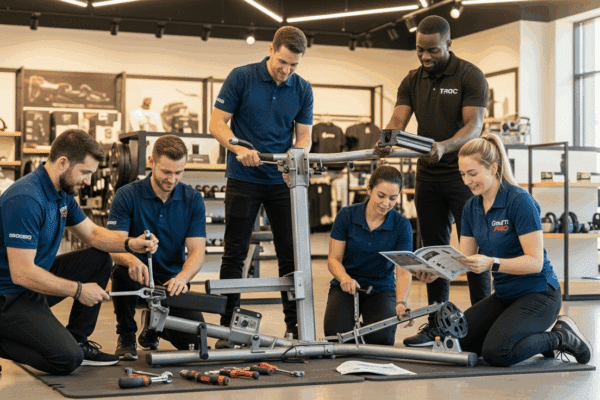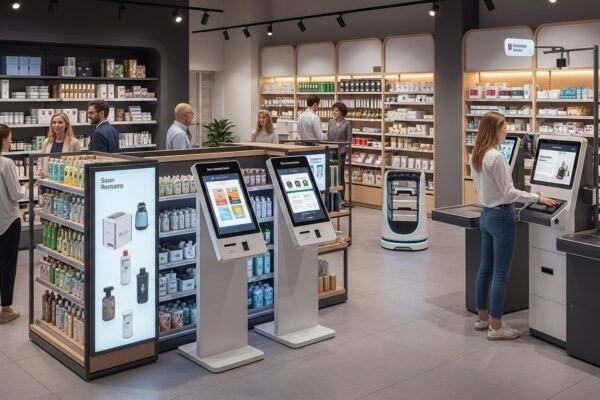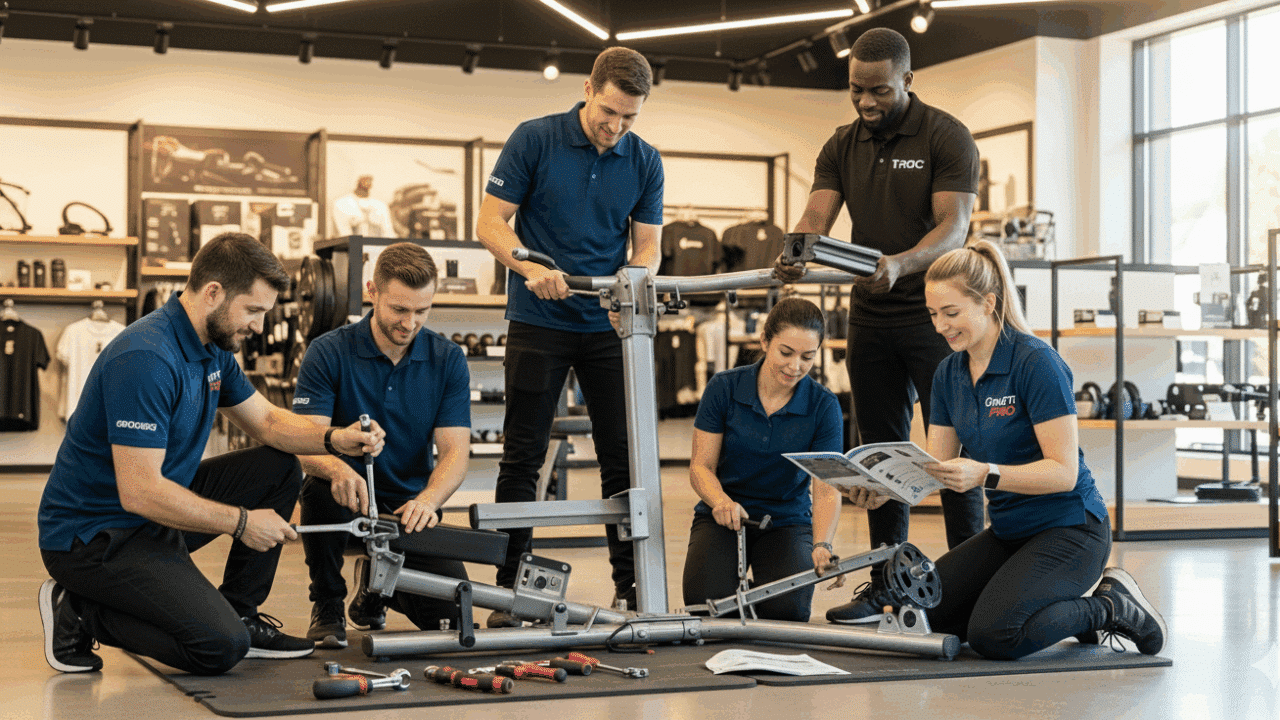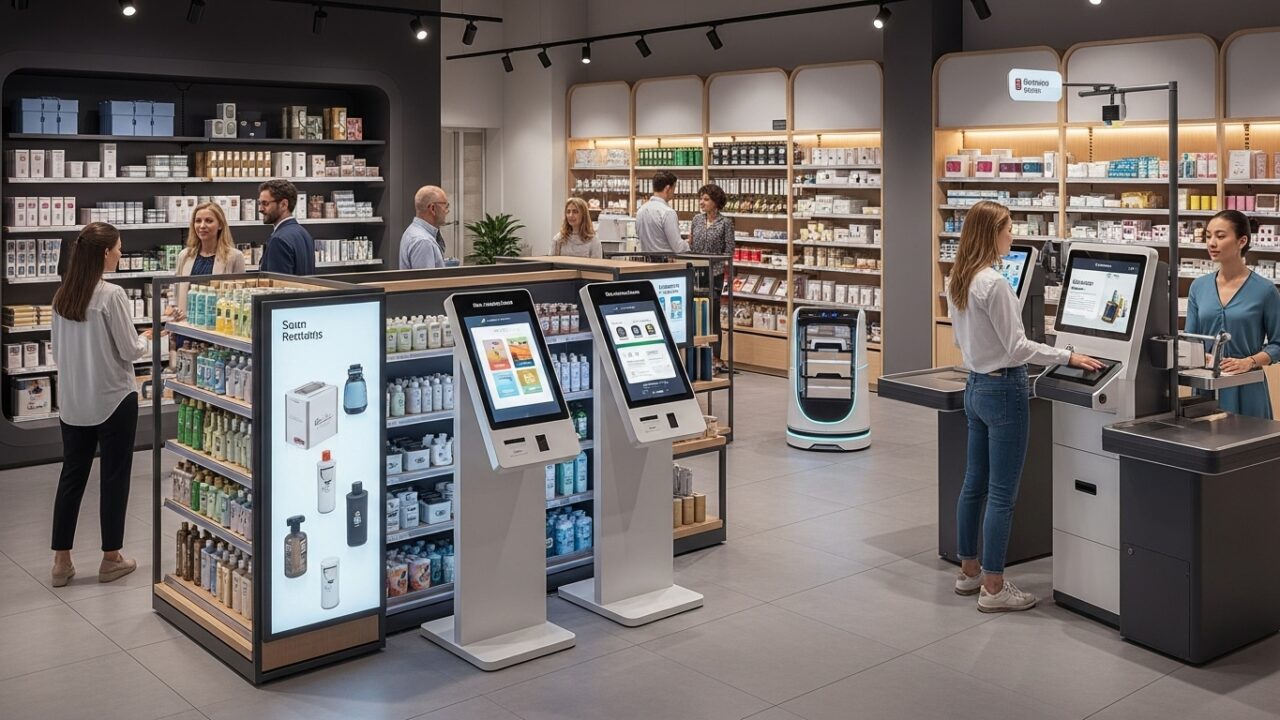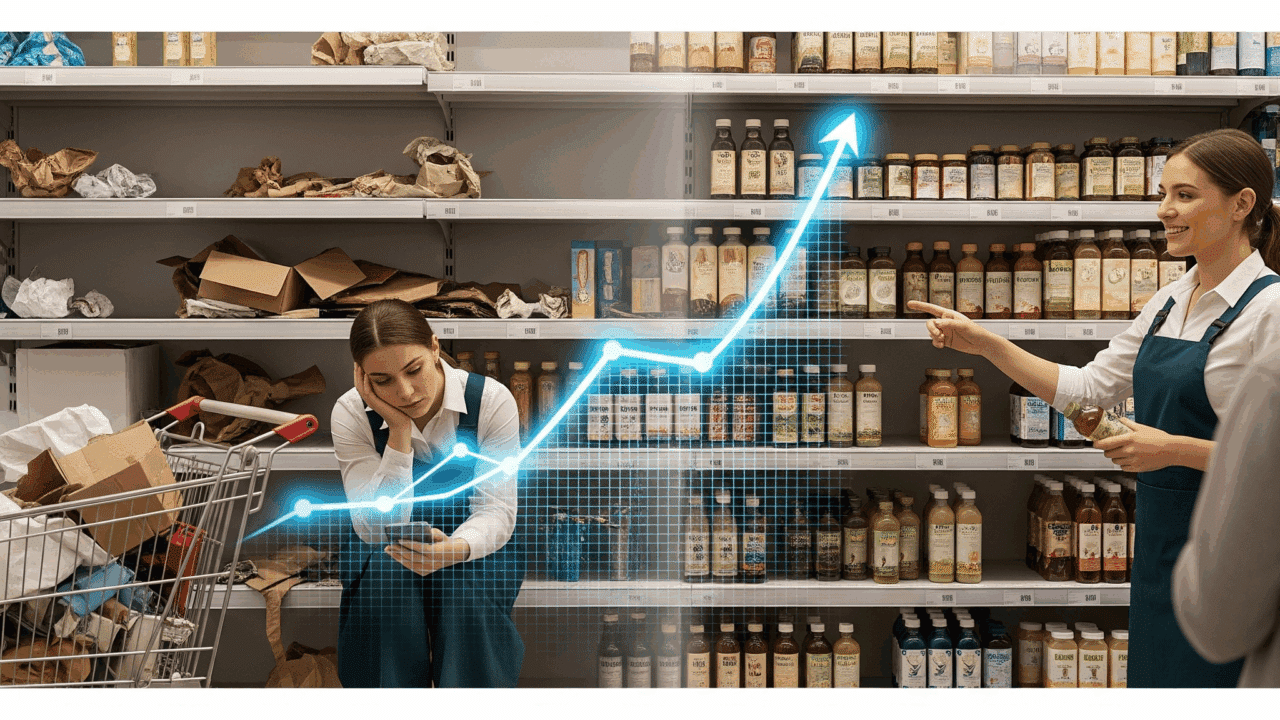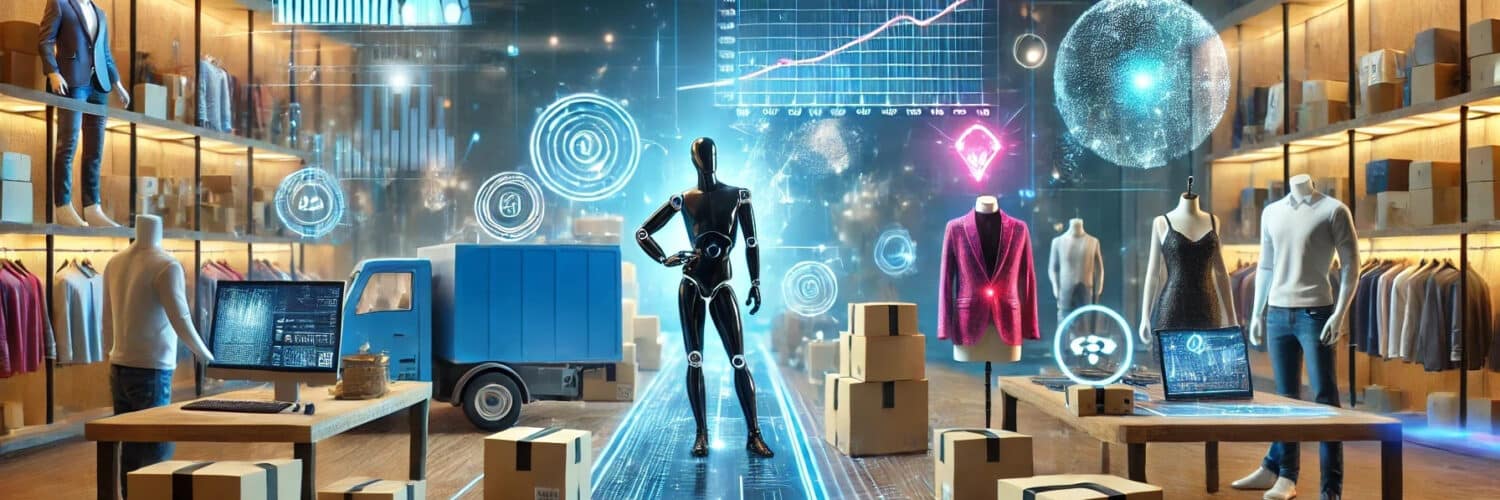
5 Ways Technology is Solving the Revolving Challenge of Customer Returns
Retail is a rapidlyevolving industry. One of its most persistent and costly challenges is customer returns. The swift growth of online shopping and the increasing expectations of customers leave retailers dealing with the logistics, financial effects, and customer service demands of returns at a mass level. But as the retail landscape adapts, technology is stepping in to help solve the challenge of returns and offers innovative solutions that streamline the process for both customers and businesses.
Returns have always been an issue, but in recent years the volume of returns has exploded. According to some estimates, nearly 39% of all online purchases are returned (Source: RetailDive), which is considerably higher than returns in physical stores. The reasons for returns range from incorrect size or color choices to damaged goods or simply a change of mind. This is in part thanks to the ease of ordering as much as a consumer wants online so they can try things and then return what they don’t want. Customers not only demand this kind of shopping freedom, they expect it.
The returns process costs retailers for restocking, shipping, and even possifle product devaluation – but it also creates a logistical headache that puts a strain on warehouse operations and customer service teams. This “revolving” challenge – almost like a never-ending cycle – is an issue that many businesses are struggling to figure out how to manage.
Fortunately, technology offers a variety of tools and solutions that can reduce the weight of returns, improve customer satisfaction, and even transform the returns process into a more profitable aspect of the business. Here are a five examples.
- AI and Data Analytics
One of the main ways technology can help with customer returns is through advanced data analytics and AI. AI tools help retailers look at purchasing patterns, customer behavior, and previous return data to predict which items are more likely to be returned. This allows businesses to make decisions based on the data when it comes to inventory management and product selection, which can reduce the likelihood of returns in the first place.
For example, AI systems can identify trends like sizes, defects, or even color mismatches by tracking the number of returns of a certain product. With this information, retailers can adjust their offerings to update sizing charts or offer more detailed product descriptions online. AI also has the ability to optimize the personalization of recommended products, making sure customers are more likely to purchase items that fit with their preferences, cutting the chance of them returning.
- Automated Return Processing
Automated systems have been around for decades – they make things faster, easier, and more convenient. The same holds true when it comes to irritating returns, which can take a lot of resources for retailers – especially those who have big inventories and different ways that customers return (online, in-store, etc.). Automated systems can help speed up the return process and cut out the effort it takes to inspect, restock, and resell.
For instance, some retailers have started using self-service kiosks that allow customers to start a return and receive immediate instructions about what to do next – such as printing shipping lables or giving the in-store drop-off details. This makes it easier for customers but also makes the internal workflow streamlined for the retailers. Automation can also generate real-time data to help businesses find places where problems pop up and make sure they’re dealt with.
Some companies use robots and AI-powered devices in their warehouses to inspect, sort, and repack returned items. This form of automation speeds up the restocking process and reduces costs from human labor.
- Blockchain for Transparency and Fraud Prevention
Return fraud is one of the biggest concerns for retailers – when stolen or used itmes are returned. This is not only a financial loss, it is a loss of time all around as well. Dealing with fraudulent returns is another area where technology can step in, and blockchain is the tool that comes to focus here.
Blockchain tech can create a record – something that shows the product origin, the purchase date, and return history. It is transparent and tracks the item throughout the entire cycle – meaning retailers can verify the condition and history of a returned item before accepting it.
For exmaple, blockchain could let a retailer build a system where a customer’s return history is recorded (or multiple customers for specific products) so fraud can be deterred and retailers can decide about whether or not they’ll accept those returns. This tool is handy when it comes to warranties or defective returns – it all comes down to a clear record that can be referenced.
- Virtual Try-Ons and Augmented Reality (AR)
One of the leading reasons for returns is because something didn’t fit right or look the way expected once put on. But technology now exists to virtually try items on, powered by augmented reality (AR) – revolutionizing the way customers can shop.
AR lets shoppers superimpose that trendy shirt or new pair of shoes right onto themselves or their photos to see how it will look. Virtual fitting rooms can show how clothes will look on their body type and online tools let customers upload a photo of their living room to see how a couch or piece of artwork will look before they buy.
Giving consumers a preview of what they’re buying means they can shop more confidently and be less likely to make a return.
- The Customer Experience
Technology is also helping to make returns easier (understandable return policies) and more convenient (less lines) for customers, which ultimately leads to greater loyalty and satisfaction.
Mobile apps and e-commerce platforms now allow customers to start and track their returns directly on their phones. Some retailers even partner with third-party companies, such as Happy Returns or Returnly, to make hassle-free, in-person returns at locations close to the customer’s home easy.
Additionally, a growing trend is offering more flexible return windows. With AI insights, retailers are learning that offering longer return periods encourages customers to purchase more since they feel more confident they can return items if they need.
The industry’s challenge of managing customer returns is definitely not a new problem, but it is something that has become far more widespread. Today’s tech is providing retail leaders with tools that can help nagivate and mitigate the challenges of customer returns. AI-driven analytics and automated return processing as well as blockchain transparency and AR-enhanced shopping are some of the solutions available today. As technology keeps evovling retailers can expect these options to expand and grow, while new ones continue to become available.



